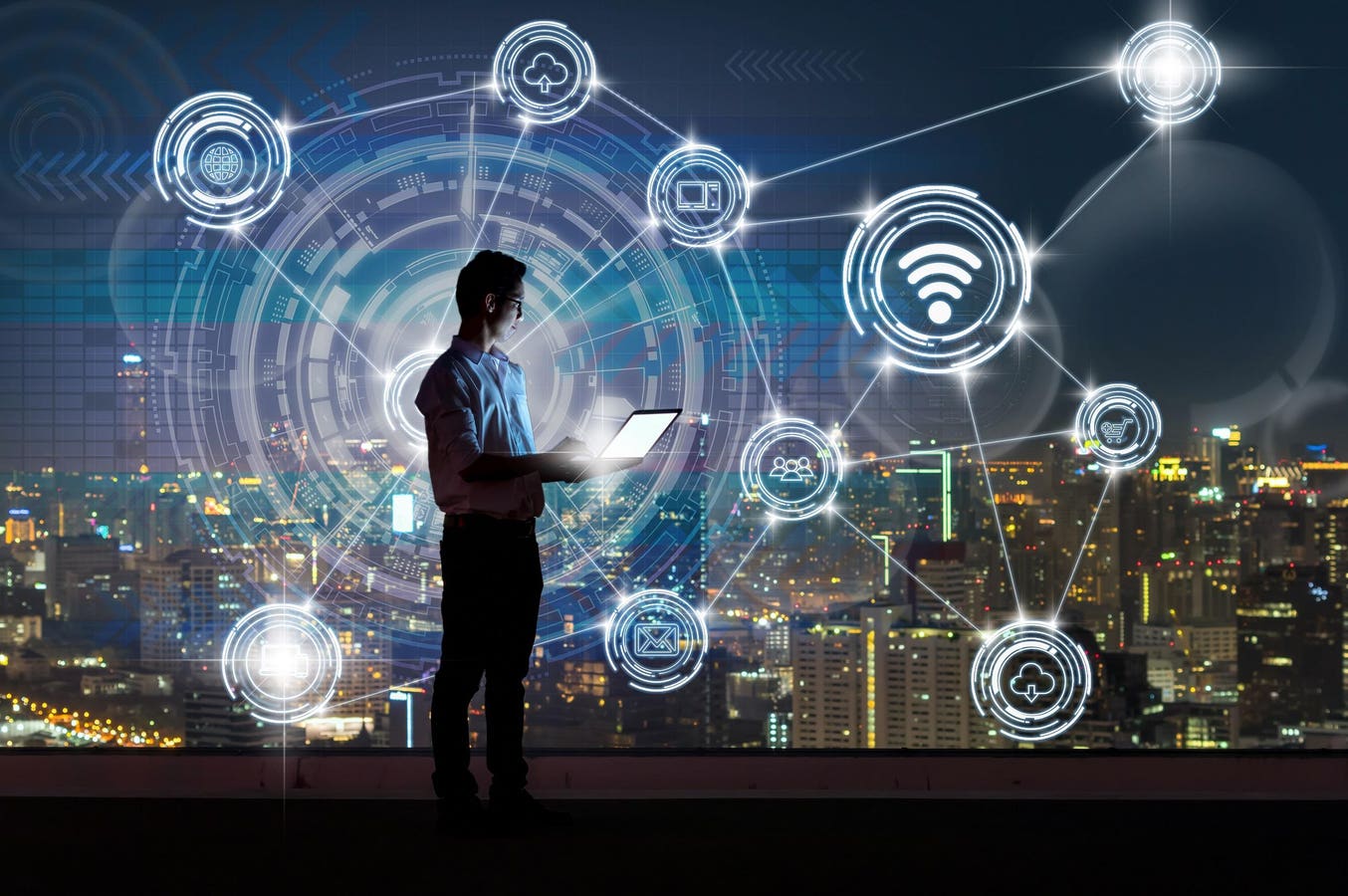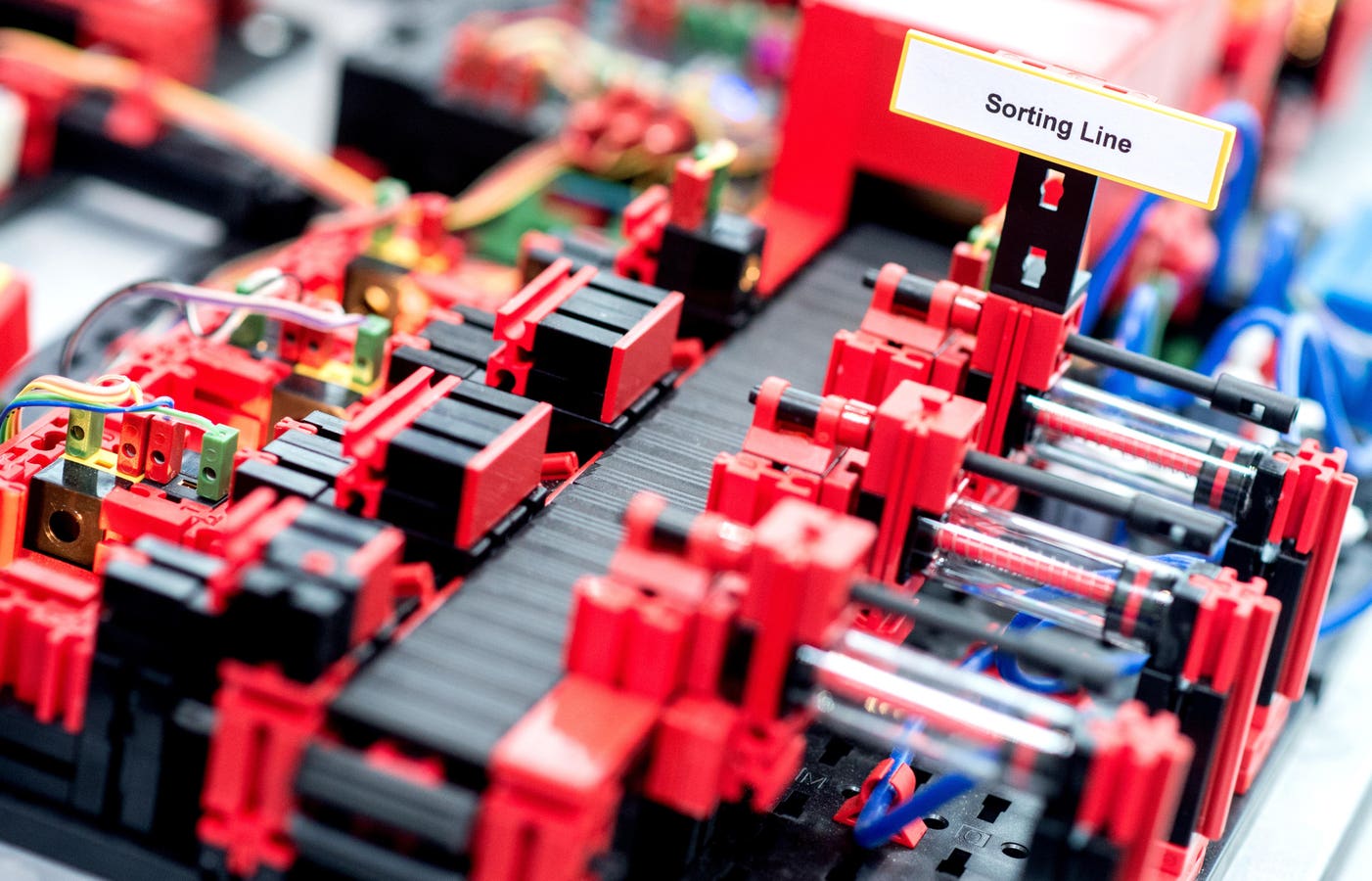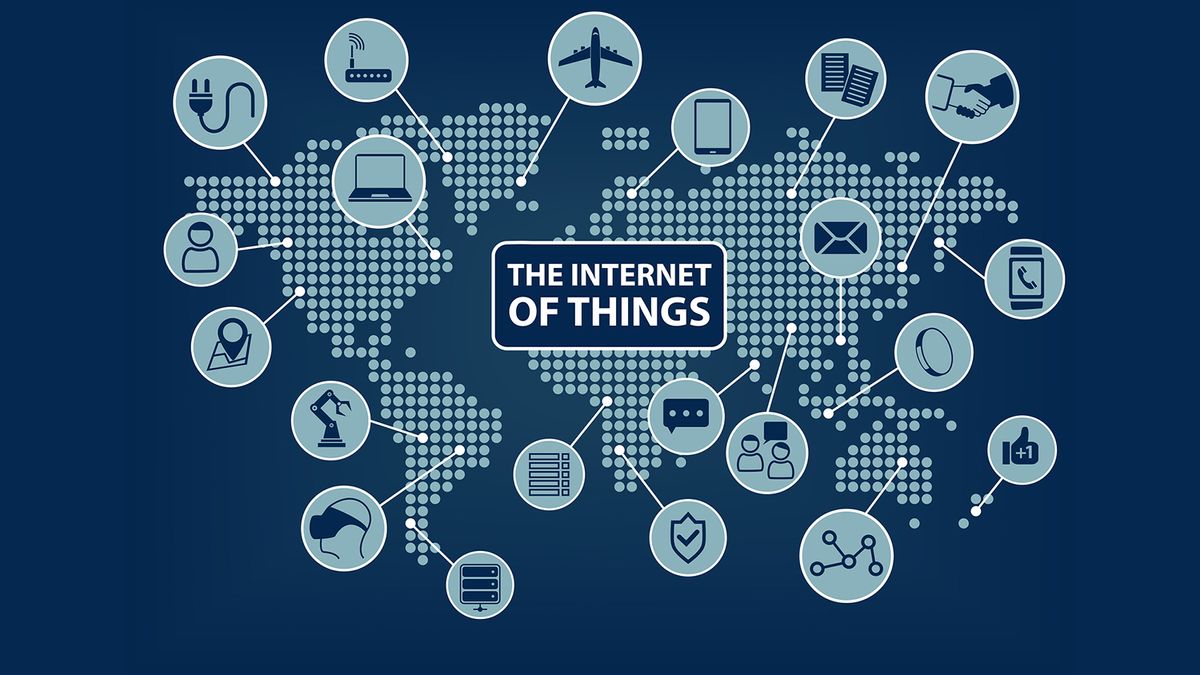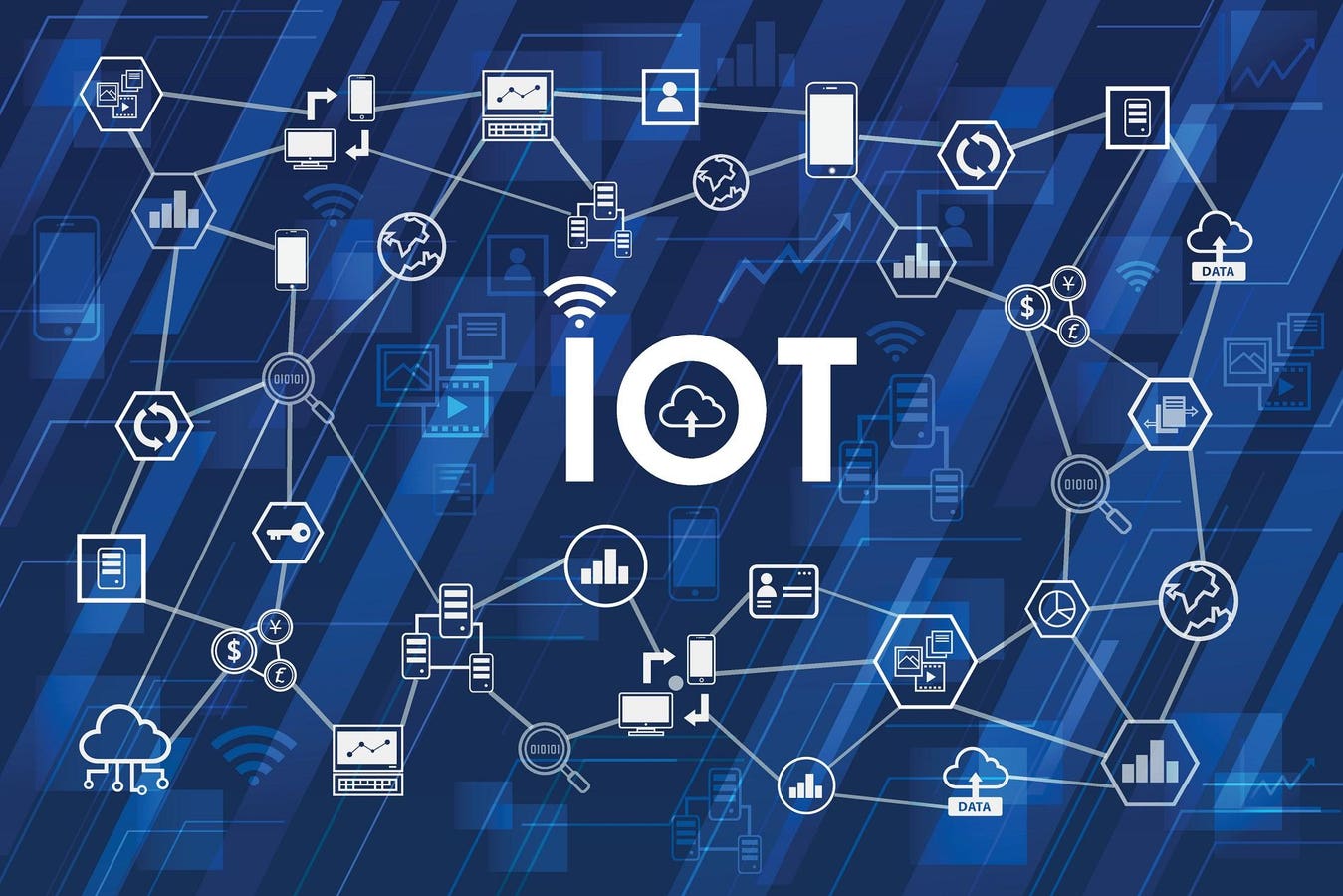The Internet of Things (IoT) is a term that’s come to be used to describe the ever-growing networks of physical objects that are online, connected, and capable of communicating and sharing information with us and with each other.
Computers and then smartphones were the first devices that were connected to the internet. Over the past decade, our homes have become filled with smart TVs, connected kitchen appliances such as kettles and fridges, and smart alarm systems, cameras, and lightbulbs. At the same time, we have become used to working alongside smart machinery in workplaces, driving smart cars, and even living in smart cities.
In 2023, it’s predicted that there will be more than 43 billion devices connected to the internet. They will generate, share, collect, and help us to make use of data in all manner of ways. So, here’s an overview of some of the key trends that will affect how we use and interact with these devices during the coming year.
This is a convergence of two very important tech trends that will define how technology is used across industry and enterprise during 2023. For business, one of the most valuable applications of the metaverse will be bridging the gap between the real and virtual worlds. By using data from IoT sensors, it will be possible to build increasingly realistic digital twins of many different systems – from manufacturing facilities to shopping malls. Business users will then be able to step inside these digital twins using experiential metaverse technology like VR headsets to get a better understanding of how they work and how adjusting individual variables is likely to influence business outcomes.
We are already seeing applications of this technology convergence in retail, where store planners can monitor footfall in real-time and make adjustments to displays and promotions to monitor how this impacts customer behavior and, ultimately, revenue generation. In industrial settings, it allows designers of factories and manufacturing plants to experiment with different machinery configurations, as well as to highlight potential safety issues and predict when breakdowns might occur.
IoT devices make our lives easier and more convenient, but they also leave us open to new and varied forms of cyberattack. To put it simply, the more connected devices we have in our environments, the more doors and windows are potentially open to attackers. As the number of devices explodes during 2023 and beyond, businesses, device manufacturers, and security experts will step up the fight to keep “malicious actors” at bay, minimizing their chances of getting their hands on our valuable data.
In the US, the White House National Security Council has stated that it hopes to have standardized security labeling in place for consumer IoT device manufacturers by early 2023. These will help buyers to understand what risks might be posed by specific devices they introduce into their homes. Many basic attacks, such as phishing attacks, rely on social engineering – tricking users into divulging access details – and can be thwarted by taking basic precautions. The UK is also expected to introduce its own Product Security and Telecommunications Infrastructure (PTSI) bill.
For those involved in IoT – particularly in the consumer space where networks can be the only barrier between thieves and hugely sensitive personal data – spending on security measures is forecast to hit $6 billion during 2023.
Healthcare is a huge area of opportunity for IoT technology, and the value of the market for IoT-enabled health devices is set to hit $267 billion by 2023.
One of the biggest gamechangers is the use of wearables and in-home sensors to enable healthcare professionals to monitor the condition of patients outside of the hospital or doctor’s surgery. This enables 24/7 care while freeing up valuable resources for patients who need immediate and direct care. In 2023 more of us will become familiar with the concept of the “virtual hospital ward”, where doctors and nurses will oversee the monitoring and treatment of patients in their own homes thanks to sensors and telemedicine.
On the consumer side, wearable devices allow everyone to gain better insights into their own health and fitness, which again will help reduce the strain on existing healthcare systems by allowing us to seek help earlier when something is wrong, as well as gain a better understanding of how diet and exercise impact our health. Smartwatches featuring ECG and Sp02 sensors are now commonplace, and over the next year, we can expect to see more products, such as wearable skin patches. We may even see devices from Elon Musk’s Neuralink, which is creating implants that read neurological signals – one of the first applications being targeted could help people with paralysis regain control of their bodies.
During 2023, the EU is expected to introduce legislation requiring manufacturers and operators of smart devices to follow stricter rules about how data can be collected, where it can be stored, and what they need to do to protect against breaches. This is just one piece in a raft of new legislation that we can expect to be implemented around the world. This means that 2023 may very well be the year that governments start to get to grips with the legal and social ramifications of an ever-expanding IoT. EU legislation is also expected to address issues around edge computing, which utilizes devices designed to process data at the point where it is collected rather than sending it back to centralized cloud servers to be analyzed. Meanwhile, in Asia, 2023 marks the culmination of a three-year plan by the Chinese government to put policies in place to allow the widespread adoption of IoT technology across the country. In China, as elsewhere in the world, the IoT is seen as having the potential to drive massive business growth, but there is an understanding that it needs to be grown in a managed way to avoid potential clashes with privacy issues and personal rights.
To stay on top of the latest on the latest business and tech trends, make sure to subscribe to my newsletter, follow me on Twitter, LinkedIn, and YouTube, and check out my books ‘Tech Trends in Practice’ and ‘Business Trends in Practice, which just won the 2022 Business Book of the Year award.



